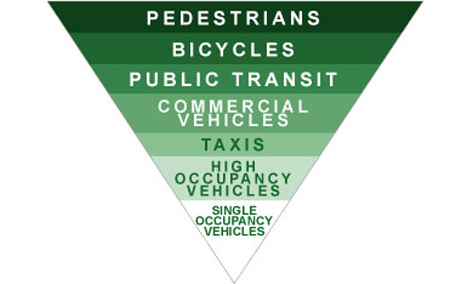You're Never Going to Fix Your Technical Debt
I’ve been thinking this week about how I write code and the quality I want to aim for. I’ve worked some pretty big and successful projects. I’ve seen things. So with that in mind, here’s what I’ve decided. There are only two times technical debt will ever be addressed: upfront or never.
What counts as upfront?
Upfront is anytime before the feature is “done.” I’m a pretty big fan of a style I call “getting in there and making a mess.” It’s actually one of the things I really like about SwiftUI. The whole style of writing SwiftUI encourages hammering out your view to the point where things are functional and then using the refactoring tools to break things up into components. Love that.
Figuring out what your abstractions are or where the objects are hidden is super valuable. It’s also generally only going to happen upfront.
You were probably wrong
I don’t care how many Uncle Bob or Martin Fowler books you read, your architecture is probably going to suck, you’ll never really fix it, and you’re going to spend the rest of time with it hanging around your neck. It’s that feeling where writing code in a project goes from being exciting to something where you mutter under your breath before starting each day once more unto the breach.
Your clean architecture you made super DRY will be the biggest piece of technical debt you have.
Eventually the other people at your job will start telling you why it’s actually a good thing. You don’t understand! We’re not like other companies, we’re cool and quirky and we needed to abstract away every API in the framework we use and put our own crazy thing on top of it. They’re wrong. Those people have been indoctrinated.
You don’t want to be the person starts talking about rewriting everything after their first week, but after a little while if everything still feels crazy and like it makes everything suck a little more, it probably does. Trust that instinct. Or don’t! Eventually you’ll be indoctrinated too. Or you’ll quit or get fired. One of those.
You never know less than when you’re starting
This is a truism that made sense to me as soon as I heard it the first time. The worst time to make decisions is upfront. You know so little. This is a terrible to commit to anything.
Wait. Didn’t I say that the only time decisions get made is upfront? Yeah, I did. Listen, life contains a lot of contradictions. Things aren’t always going to make sense. You should get used to that.
So what should you do?
The thing you can do upfront is refactor as you go (don’t overdo it) and make it as easy possible to change your mind later. Delay, delay, delay. Just make as few decisions as you can, so when you have to do the next thing.
Since I should probably finish this with something kind of actionable, here’s my recommendations.
The biggest thing I would think about is cohesiveness and getting an ability to feel out if things are remaining that way as you try and pull out your abstractions.
Avoid heavily abstracting away the API of whatever framework you’re writing on top of as much as possible.
Never (never, never) import a complex overarching architecture into your project. Do not. Especially not one that I promise you it will be terrible. My biggest red flag is anything that starts asking you to pass calls through multiple things to do one thing. Keep things as simple as you can as long as you can.
I get that this had some contradictions in it, but as I said, life is like that sometimes. The thing with technical debt is to minimize and delay. Also, don’t listen to thought leaders.



